
Exploring Bugis Culture: The Five Genders Explained
Discover the rich traditions of Bugis culture, which recognizes five genders: male, female, talabai, calalai, and bissu. Learn about the unique role of bissu as spiritually knowledgeable individuals within this fascinating belief system.
Yansen Ada Mangopo
2/2/20254 min read
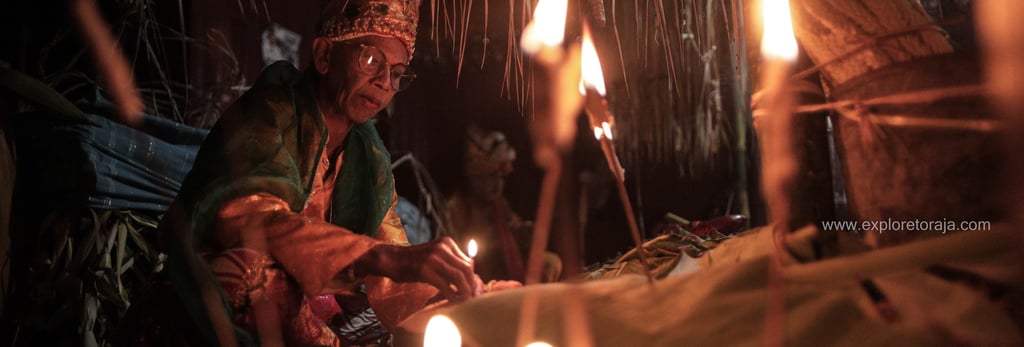

Introduction to Bissu Culture
The 5th Gender
Bissu culture is an integral part of the life of the community in Sulawesi, particularly within the Bugis society. Bissu are recognized as a group with specific roles in the belief system and rituals. They are considered intermediaries between the human world and the spiritual realm, playing a crucial role in maintaining social balance and the continuity of traditions.
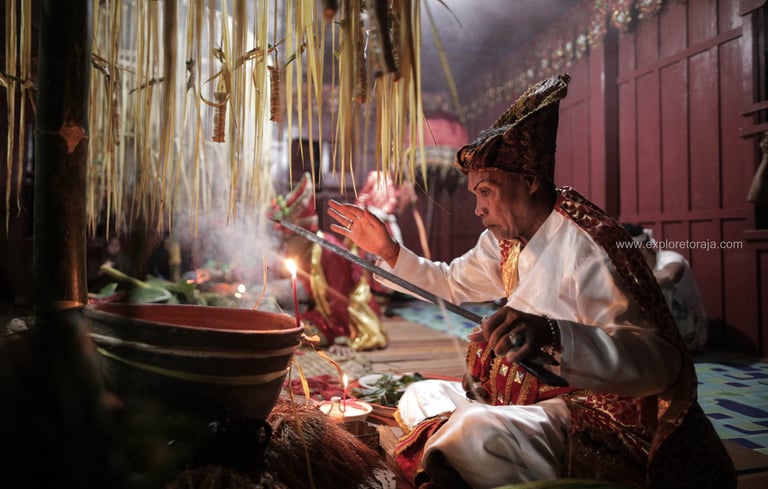

The Role of Bissu in Society
In every traditional ceremony and religious ritual, the presence of Bissu is essential. They act as ceremony leaders who connect humans with supernatural forces. In Bugis society, a Bissu is expected to provide blessings and protection through prayers. Additionally, Bissu symbolize the honor and trust that the community places in a higher spiritual world.
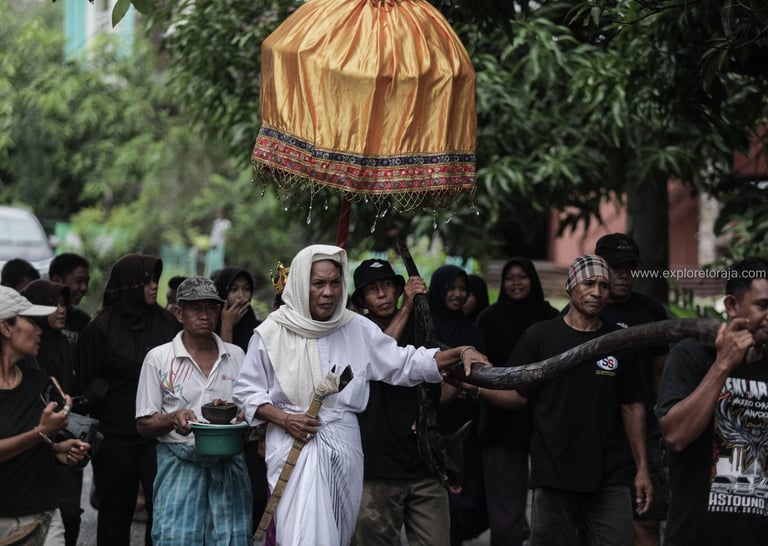

Bissu Rituals and Traditions
Bissu culture is closely tied to various rituals conducted periodically, including wedding ceremonies, burials, and other celebrations. One of the most well-known rituals is “Ma'palili Arajang,” which involves prayers and offerings led by a Bissu. In practice, Bissu wear distinctive clothing in bright colors adorned with striking jewelry, symbolizing their status and position. Through these rituals, the cultural values and traditions of the Bugis community are preserved and passed down to future generations.
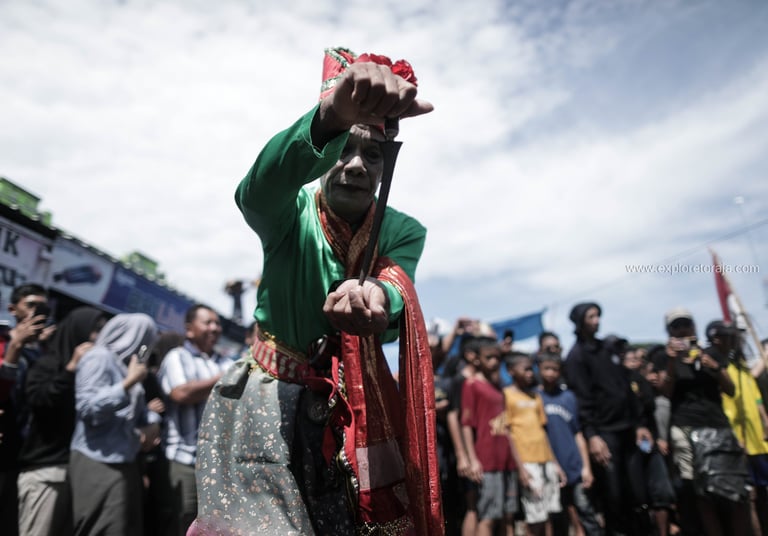

Bissu culture in Sulawesi is not merely a belief system but also serves as a bridge between humans and higher entities. Their role in society is significant, not only in a spiritual context but also in rituals that reinforce the identity and social solidarity of the community. As times change, it is essential for us to continue to preserve and respect the diversity of Bissu culture so that it does not fade away in the face of modernization.

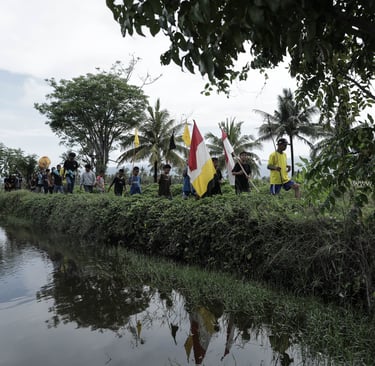


The Bissu are spiritual leaders in the Bugis culture of Indonesia, recognized for their mixed gender identity and their role as intermediaries between the human and divine realms. They hold a significant position in Bugis rituals and beliefs and are highly respected within the social structure.
The Bissu are an integral part of the culture and belief system of the Bugis people of South Sulawesi, Indonesia. They are considered spiritual leaders with a unique gender identity, a blend of male and female. In the Bugis worldview, the Bissu are not merely human but also partly divine, serving as intermediaries between the human world and the realm of the gods.
Origin and Meaning of the Word Bissu
The word Bissu is believed to derive from the Bugis word Bessi, meaning "clean" or "pure." This reflects the societal view of the Bissu as sacred and untainted by blood, unbound by traditional gender norms. Bissu are often described as possessing unique physical and spiritual characteristics, such as having breasts but not menstruating.
Role and Function of the Bissu
The Bissu play a crucial role in Bugis rituals and religious ceremonies. They are seen as mediums who connect humans with the deities through various rites. In the epic poem La Galigo, the existence of the Bissu is described as companions to the Manurung figures who descended from the heavens. In this context, the Bissu serve to venerate the deities and convey the prayers of the people to them.
During the era of kingdoms, the Bissu received special treatment from the royal court. They were provided with proper housing and recognized as an essential part of the social structure. Their duties were not limited to rituals but also included the preservation of heirlooms and traditions passed down through generations.
Gender Identity in Bugis Culture
In traditional Bugis belief, there are more than two genders. In addition to Oroane (male) and Makunrai (female), there are also Calalai (female presenting as male), Calabai (male presenting as female), and of course, the Bissu, who are considered a combination of all these genders. This demonstrates that the Bugis people have a more complex understanding of gender than many other cultures.
Structure of the Bissu Community
Within a Bissu group, there are typically around 40 individuals known as Bissu Patappuloé. The structure of this group consists of:
Puang/Pua' Matowa: The leader of the Bissu
Puang Lolo: Deputy leader
Bissu: Main members
Inang Bissu/Bissu Mamata: Novice members
Bissu Lolo: Adolescent Bissu
Mujangka: Bissu who have partners but behave like transgender individuals
Core-core: Female Bissu
Costume and Symbolism
The costumes worn by the Bissu in various ceremonies and dances hold deep symbolic meaning. Some elements of these costumes include:
Passapu: A headdress
Baju Soso': Traditional blouse
Keris/tali bénnang: Traditional weapon symbolizing power
Sinto: Additional accessories
Lawolo: Lower garment
Celana: Trousers
Lipa Makkawiring/Toboro: Other elements completing the attire
Conclusion
The Bissu are a symbol of gender diversity and spirituality within Bugis culture. They serve not only as spiritual leaders but also as guardians of tradition and a bridge between the human and spiritual realms. By gaining a deeper understanding of their role and identity, we can appreciate the rich culture of the Bugis people and the importance of diversity in social and spiritual contexts.
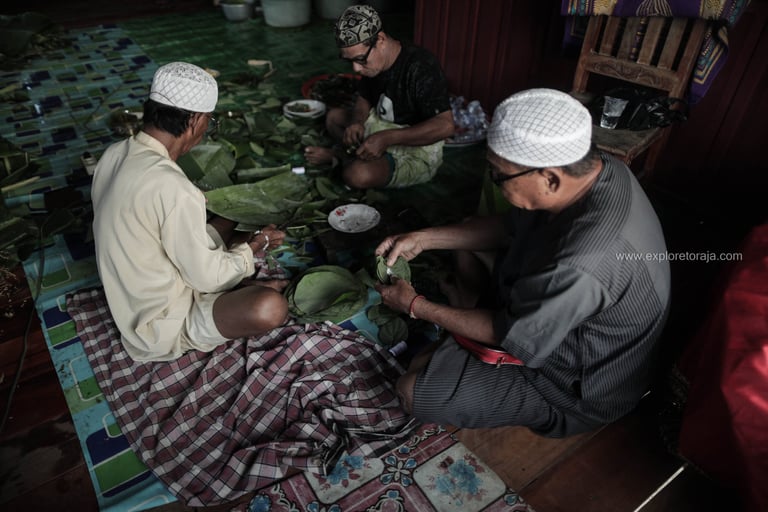

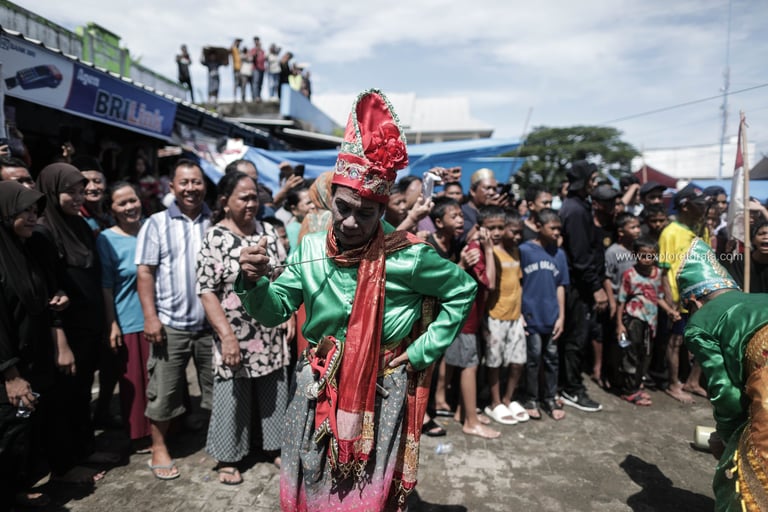

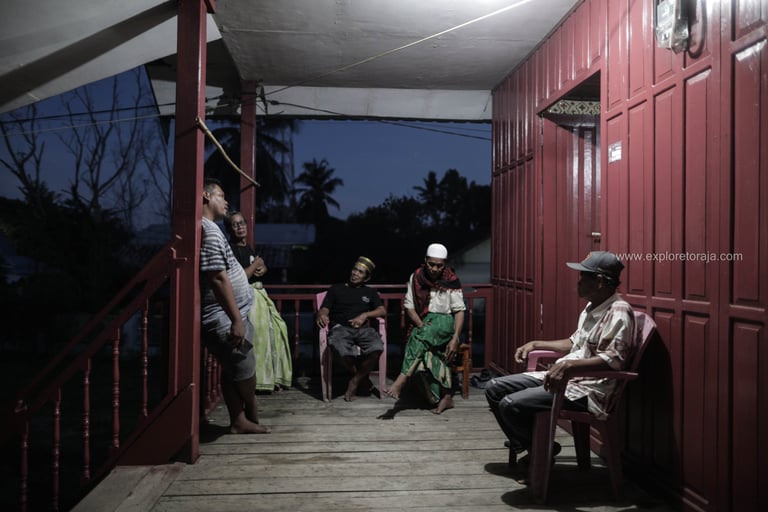

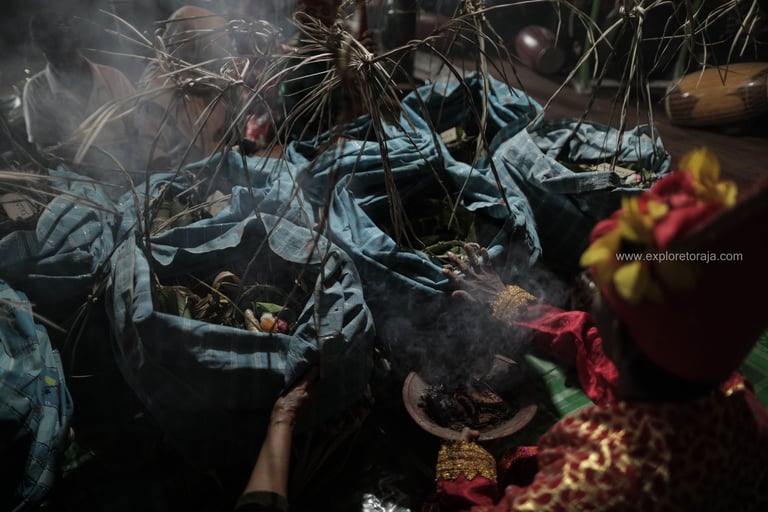

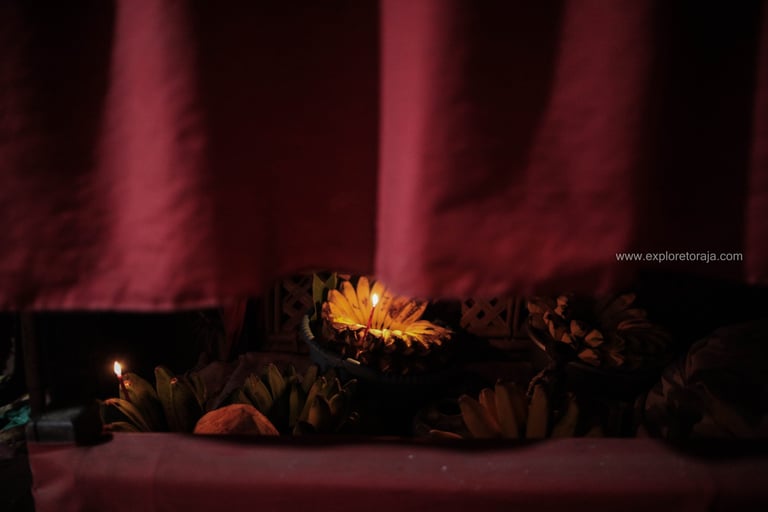

You love to meet them? understanding their tradition? Rituals etc.. Please contact me!!

